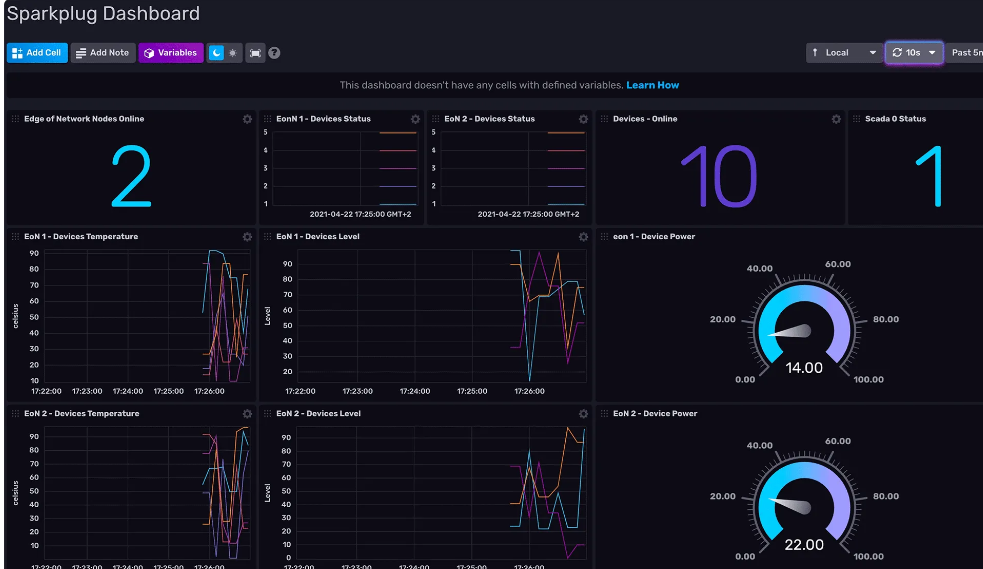HiveMQ is the MQTT platform for the connected enterprise: The puzzle piece between constrained devices and enterprise systems. Besides its best-in-class performance and scalability, custom Enterprise Integrations enable your business to handle huge message throughput at lowest latency and further process your data. HiveMQ is scalable, secure and simple by leveraging stateof-the-art technology.
HiveMQ empowers your organization to connect all your devices and services with minimal effort by using the de-facto IoT standard protocol MQTT. HiveMQ’s natural habitat is in the frontier between devices and enterprise systems. It makes sure all your devices and services share information via instant, bi-directional push messages and can send their current data to your backend systems in real time.
HiveMQ is used in a variety of different industries, including:
• Automotive
• Automotive Supplier
• Chat applications such as whatsapp , fb messenger and more
• Connected Vehicle
• Device Monitoring
• Energy Monitoring and Management
• Healthcare
• Industry 4.0
• Logistics
• Manufacturing
• Military
• Mobile communications
• Notification Services
• Retail
• Sensor Networks
• Smart Home
These industries have one thing in common: they need a reliable, secure and scalable foundation for their communication needs. HiveMQ enables these customers to build their solutions on top of MQTT that not able to provide by opensource solutions such as Mosquito.
Pricing:
Subject to industry use cases
Technical Specifications:
Operating Systems
• Production: Linux and Windows Server 2016, 2019, and 2022.
• Development: Windows, macOS, or Linux.
Minimum Hardware Requirements
• At least 4 GB of RAM
• 4 or more CPUs
• 100 GB or more available disk space with at least 900 IOPS
Environment
• Production: OpenJDK JRE 11 or newer is required. OpenJDK 21 is recommended.
• Development: OpenJDK 11 or higher is recommended. OpenJDK 21 is preferred.
HiveMQ scales with your system resources. If you add more CPUs and RAM, HiveMQ delivers higher throughput and lower latencies. The performance of the persistence layer and as such MQTT operations is also bound to the input and output capacity (IO) of the underlying system.







